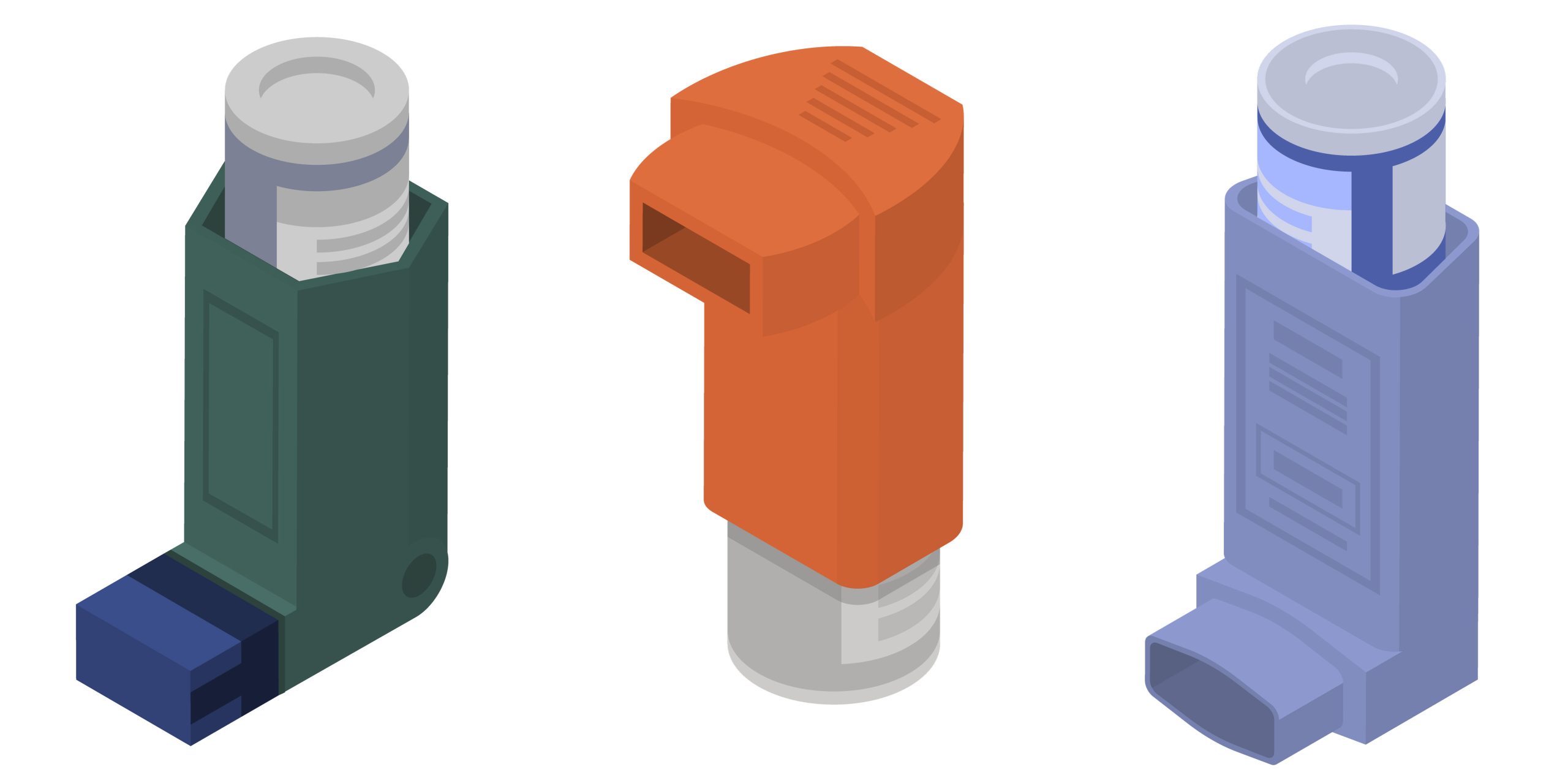The National Asthma Council Australia has included biologic therapies in the guide for the first time.
Time to update your wall poster, bookmarks or fridge decoration.
This week the National Asthma Council Australia released a new version of its asthma and COPD medication chart, which contains vital information for healthcare professionals who manage and care for patients with asthma.
Associate Professor Debbie Rigby, the Council’s clinical executive lead, told media that the chart was an easy-to-use guide on the increasing range of inhalers available in the country, along with up-to-date information about the PBS reimbursement status of each treatment.
“It is critical that the choice of inhaler is tailored to the individual and inhaler technique training is essential when a patient is commenced on a new inhaler or switched from one device to another.
“Inhalers should be selected in discussion with an individual patient, based on their preferences, satisfaction with the inhaler device, dexterity and cognition, peak inspiratory flow rate and preference for inhalers with a low carbon footprint,” she said.
The updated chart will be the first to feature information on biologic therapies for severe asthma: benralizumab, dupilumab, mepolizumab and omalizumab.
“Biologic asthma therapies are highly effective as add-on treatment to inhaled corticosteroids to improve symptoms, reduce the rate of exacerbations and use of oral corticosteroids in people living with severe asthma and persistent type 2 inflammation,” said Professor Rigby, noting these therapies are classified as Section 100 (highly specialised drugs) that must be prescribed by a specialist.
Another important addition to the latest version of the chart include the addition of two dry powder inhalers: fluticasone propionate/salmeterol and budesonide/formoterol.
Related
Professor Rigby also said the new chart – which includes images of the variety of medications available to patients and a QR code that links to instructional videos on how to use the different inhaler models – had been designed with both healthcare professionals and patients in mind.
“This is such a changing environment and keeping up to date is a major challenge, so it is important for GPs and pharmacists to keep informed about new inhalers,” she said.
“Even when patients don’t remember the name of their inhaler, they may recognise it. The wall chart is also an important aid also for those when English is not their first language.”
Anyone can download a PDF copy of the medication chart from the National Asthma Council’s website, while healthcare professionals can also order a free A2 hard copy by emailing the Council.





